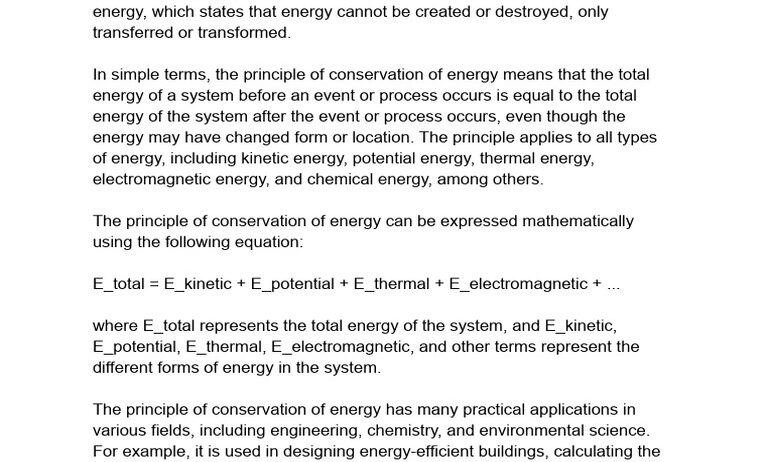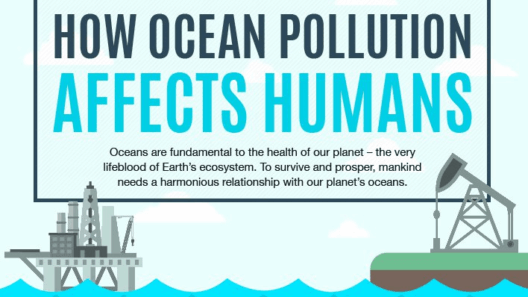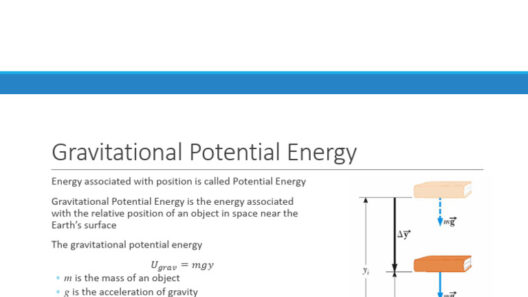The principle of conservation of energy stands as one of the most fundamental tenets in the realm of physics, akin to a steadfast librarian safeguarding the essence of knowledge in a vast library. At its core, it articulates that energy cannot be created or destroyed; it can only transform from one form to another. This concept invites us to ponder over the nature of energy itself, its transmutation, and the profound implications it bears on our understanding of the universe.
Imagine a grand orchestral performance where each instrument plays its unique part, yet together they contribute to a harmonious symphony. Energy operates similarly, manifesting in varied forms such as kinetic, potential, thermal, and chemical. Just as a conductor directs musicians, the conservation of energy principles orchestrate the interactions and transitions of energy forms. When we refer to the principle of conservation of energy, we are acknowledging that while the appearance of energy may fluctuate, its totality remains constant throughout any process.
This principle can be witnessed clearly through everyday examples. Consider a pendulum swinging back and forth. At the apex of its swing, the pendulum momentarily halts, possessing maximum potential energy. As it descends, this potential energy metamorphoses into kinetic energy, reaching its highest velocity at the lowest point of its arc. Such transformations occur continuously, exemplifying how energy transitions without loss, echoing the mantra of conservation.
Groups of energetic transformations are not confined merely to mechanical movements. In thermodynamics, the principle finds relevance through the concept of heat exchanges and work. One may picture two vessels filled with water of varying temperatures. When these vessels interact, energy flows from the hot to the cool, seeking equilibrium—a prime illustration of energy’s conservation driven by nature’s relentless pursuit of balance. While the heat dissipates, the total energy before and after remains immutable, highlighting an invisible cloak of cosmic order binding the universe together.
Nevertheless, awareness of this principle stretches beyond theoretical discussions; it frames the backbone of various innovations and technologies critical to addressing the pressing energy crises faced in contemporary society. Wind turbines, solar panels, and hydropower facilities embody this natural law—a transformation of kinetic energy from wind, radiant energy from the sun, or potential energy from water bodies into usable electrical energy. The allure of harnessing natural resources rests on the sturdy foundation of energy conservation, where the earth’s circulating energies are repurposed for human benefit.
A holistic appreciation for the conservation of energy principle also extends to ecological systems. In ecosystems, energy flows through various trophic levels, starting from sunlight captured by plants—the primary producers—and moving through herbivores and carnivores. Here, energy transformation supports life, and the cyclical nature of energy through consumption and decomposition demonstrates how ecosystems adhere to the conservation principle. Each participant in this celestial ballet plays a pivotal role, contributing to the greater ecological narrative while ensuring that energy’s grand total remains unaltered.
Moreover, how we engage with this principle transcends scientific inquiry; it permeates our collective responsibility towards sustainability and environmental stewardship. Understanding energy flow in our lives encourages judicious consumption and innovation in energy-efficient technologies. By recognizing that energy is finite, we cultivate practices that emphasize reduction, reuse, and recycling—principles that align with the conservation of energy ideals.
The implications of flouting the conservation of energy principle reverberate through our increasingly industrialized world. The propensity to exploit energy resources unsustainably threatens the delicate equilibrium we share with our planet. Climate change, exacerbated by excessive carbon emissions and resource depletion, underscores the necessity to conform to the natural laws governing energy. Each decision to adopt renewable energy sources is a step towards harmonizing human endeavors with the enduring rhythms of the earth.
The metaphor of the energy symphony resonates throughout this discourse. Just as musicians blend their talents to create a singular piece of art, so too must humanity synchronize efforts to explore alternatives that harness natural energies instead of depleting them. The transition towards a sustainable energy landscape, characterized by renewable resources, innovation, and education, is not only beneficial but essential for the survival of myriad ecosystems, including our own.
Ultimately, the principle of conservation of energy invites rigorous introspection on our societal constructs and narrative arcs regarding energy use. Grasping this principle serves as both a scientific assertion and a profound environmental exhortation. It implores us to act with foresight, anticipating the consequences of our actions on future generations and the planet we inhabit.
In navigating this delicate equilibrium, we must remember that the fate of our shared ecological journey relies on actions taken today. By embodying the ethos of conservation, we can transcend the pitfalls of unsustainable practices and become stewards of not only our energy usage but also the very planet that nurtures us. The continuity of life, reminiscent of the unwavering core of energy itself, depends on our ability to adapt, innovate, and appreciate the artistry behind conservation.








